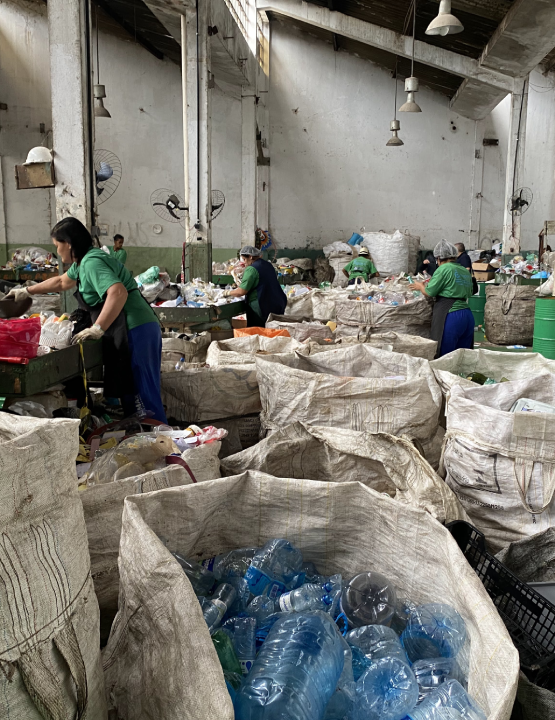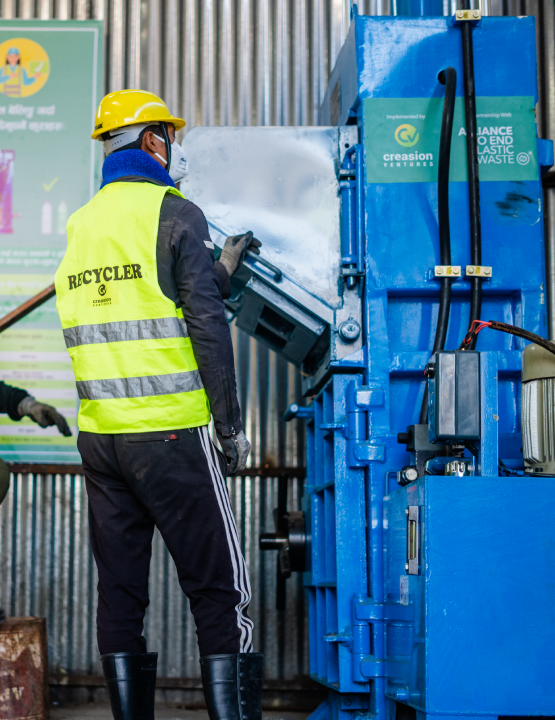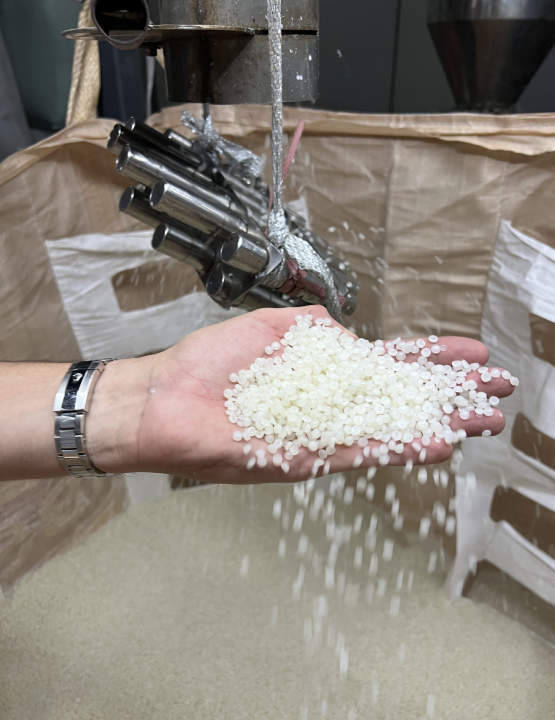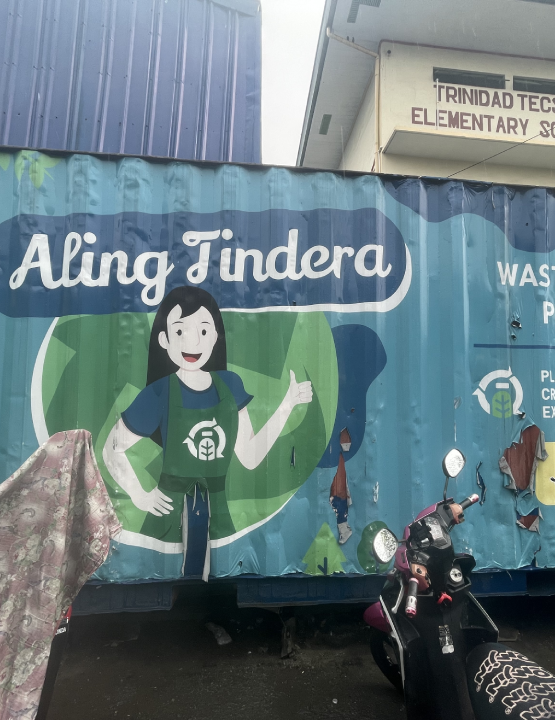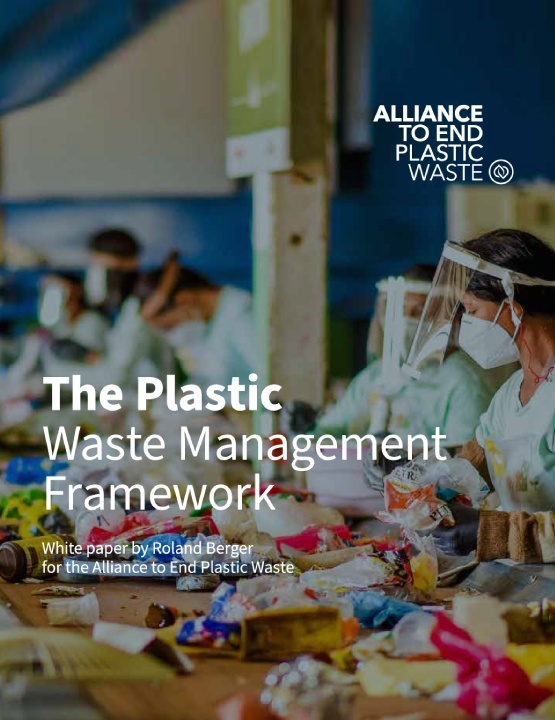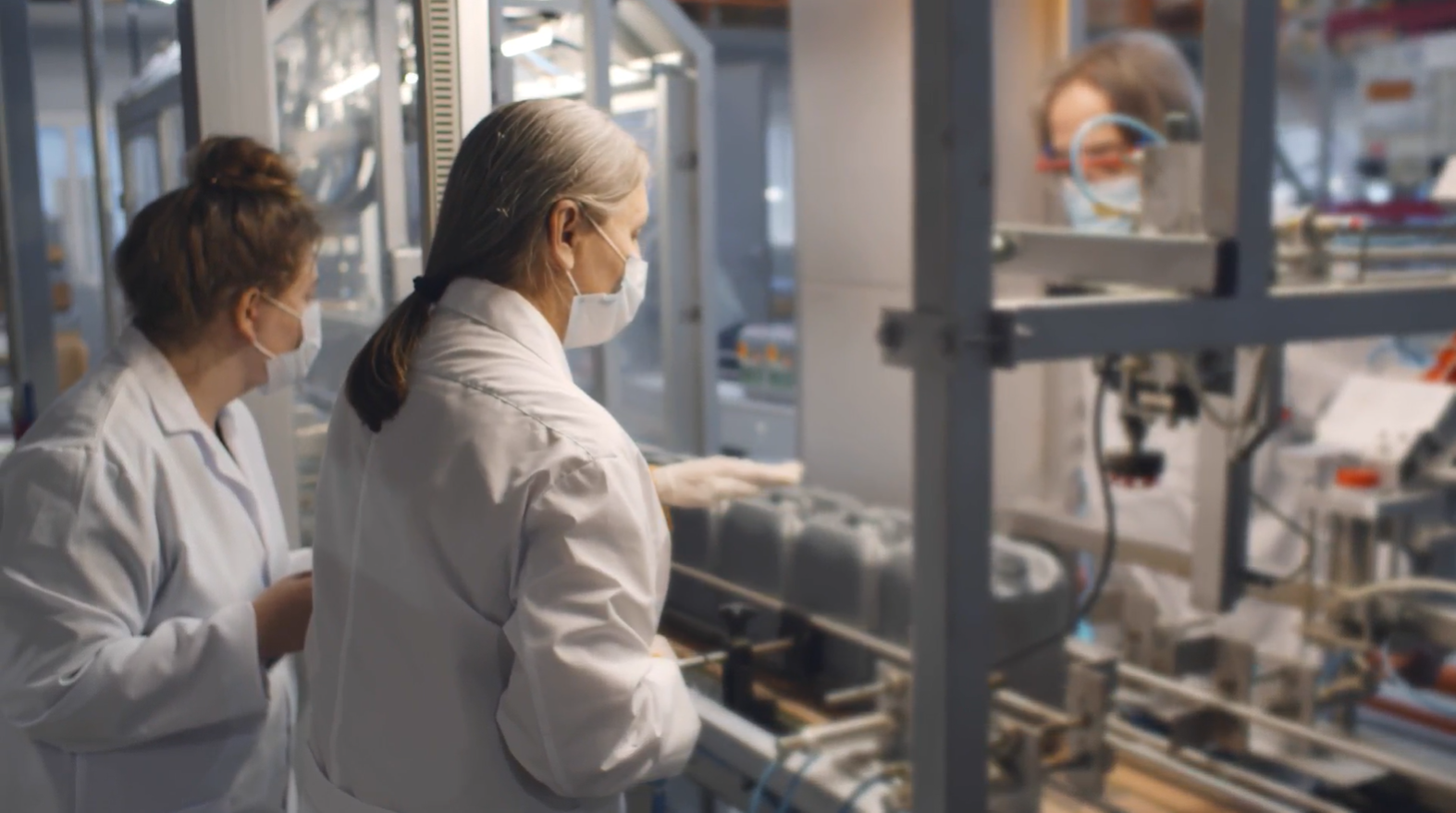Some cities are pioneering cutting edge ways of minimising plastic waste. We look at 7 places around the world heading towards a zero-waste reality.

Could these be the first zero-waste cities?

Overview
The zero-waste movement aims to eliminate waste that is sent to landfill or incinerated. Zero-waste cities are working towards this goal by establishing systems that do not generate waste in the first place, and finding ways to reuse, reduce, and recycle waste material.
As the world’s population has grown, so too has the volume of waste it produces. Plastic is a particularly challenging waste material, because there is so much of it and it is difficult to break down. Some types could take up to 400 years to disintegrate. And plastic gets everywhere—not just on land, but into our oceans, where 8 million tons end up each year.
We look at 7 cities that are working towards zero-waste goals, and how they are tackling the plastic waste challenge.
1. Kamikatsu, Japan
For nearly 20 years, Kamikatsu has been working to reduce the waste it sends to incinerators and landfill. Residents follow strict recycling rules, including separating their waste into 45 different recycling types.
Where items cannot be recycled, they are sent to the local ‘shop’ where everything secondhand is free. Only items that can’t be reused and recycled—like diapers or sanitary items—are sent to incinerators. By 2016, the town was recycling 81% of its waste, compared to Japan’s national rate of around 20%.
In a country that is one of the world’s biggest producers of plastic waste per capita, Kamikatsu sets an impressive zero-waste example.
2. Alaminos, The Philippines
In 2009, despite existing laws forbidding open burning and dumping of waste in Alaminos, some barangays or villages still committed these acts.
To turn the situation around, a grassroots approach was adopted, and an NGO served as liaison between the city government and barangay leadership to encourage all stakeholders to assume greater responsibility for waste management.
A number of strategies were initiated. Education was provided to residents on backyard composting and waste separation. Small-scale sorting facilities were set up in different barangays to make it easier to recycle locally. After 2 years of effort, a survey found that 88% of surveyed residents were practising waste separation.
For plastic that cannot be recycled, it is shredded, mixed with concrete, and turned into pavements that pass by City Hall, as well as bricks that are a part of the Alaminos Cathedral, putting zero waste literally at the heart of the city.
3. Austin, USA
The city of Austin is aiming for zero-waste status by 2040 and has a comprehensive plan in place to serve as a roadmap on its journey. Measures include implementing mandatory composting and recycling programmes, with property owners required to provide access to recycling services to all tenants and employees.
Austin also turned its focus to commercial users, which contributed to 85% of its waste. For instance, since 2015, building projects greater than 5,000 square feet in size needed to reuse or recycle 50% of all construction debris.
4. Capannori, Italy
When residents of Capannori heard news of a planned incinerator within their community, they took action and became the first town council in Europe to sign up to zero waste.
The first step was a door-to-door collection scheme, a move that improves waste separation accuracy. The municipality also introduced a Pay As You Throw tariff that increased the cost of trash collection, which caused local source separation rates to leap to 90%.
The municipal council saved over €2 million in 2009 by reducing the amount of waste sent to landfill and these savings were reinvested into the zero-waste movement.
5. Pune, India
In Pune, an informal waste collection infrastructure has always existed alongside government programmes, as the latter have often been underfunded. Waste pickers are almost all women—about 92%—and from the Dalit caste. Waste picking is often their only means of survival.
By formally organising through a union, these women were able to slowly carve out a better livelihood in the city and improve waste management at the same time. By 2012, unionised workers numbered around 2,000, collecting waste from 330,000 households—47% of the city.
They offer a waste separation service for residents, who are rarely incentivised to do so on their own. This reduces the amount of waste sent unnecessarily to landfill. In the process, the women save the city around US$2.8 million a year in costs from improved waste management services.
6. Flanders, Belgium
Flanders, the Flemish region of Belgium, has been pushing ahead in the zero-waste game. In 2003, it had already met the EU 2020 target to recycle 50% of municipal solid waste.
The region is working towards a circular economy, a system in which materials are reused and recycled as many times as possible before being disposed of.
It also claims success from putting more responsibility for waste and waste prevention on product producers. Producers are encouraged to generate less waste in the first place, and are financially responsible for their products once they become waste, which enables them to create take-back schemes.
All of these activities are having effect: in 2018, the region saw 70% of waste separated upon collection, and sights are now set on improving waste prevention by 2022.
7. Seattle, USA
Seattle adopted its zero-waste strategy in 2010. From 2007 to 2017, waste generated by residential per capita dropped from 2.74 pounds to 2.23 pounds per day. Material sent to the landfill has steadily decreased since 2000, while the city’s recycling rate is on the rise.
Seattle made these improvements through a mandatory recycling policy for residential and commercial generators, with failure to do so incurring fines. However, no commercial fines have been issued to date, which suggests there may be room for improvement in monitoring and following up on non-compliance.
While no city is truly zero-waste yet, these examples show what is possible through policy, law, and community engagement. A world where most plastics are reduced, reused, or recycled becomes more of a reality with each city that steps onto the path of zero waste.

